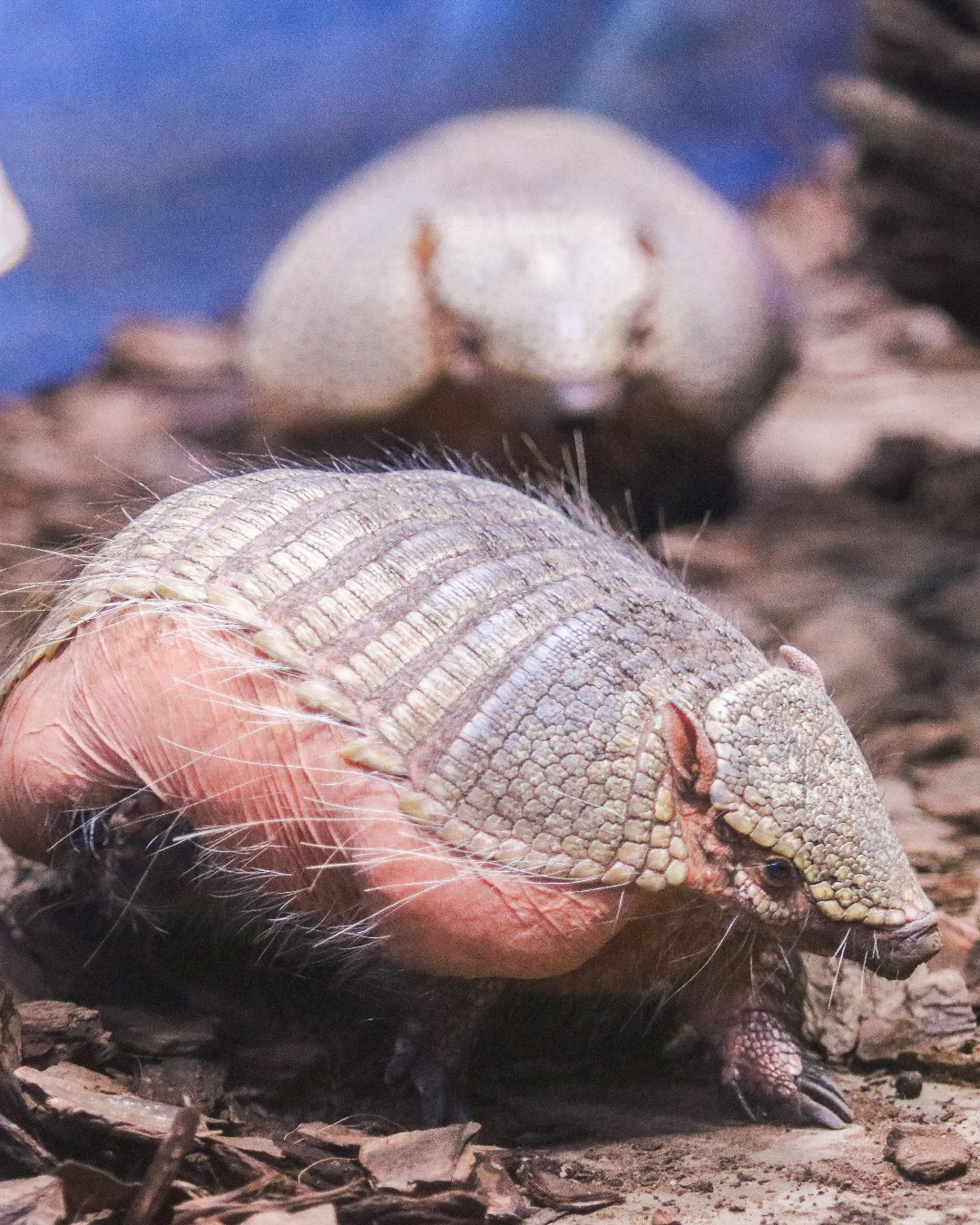- Large hairy armadillos possess unique adaptations for defense and survival.
- The structure and function of bony plates known as scutes.
- The ecological role and habitat of large hairy armadillos.
- Conservation efforts and challenges facing these intriguing creatures.
- The role of zoos in educating the public and preserving armadillo species.
Large hairy armadillos are fascinating creatures equipped with remarkable features that provide them with defense mechanisms and survival strategies in the wild. One of the most notable adaptations is the presence of bony plates, or scutes, that armor their body. These specialized structures are crucial for protection, allowing armadillos to thrive despite potential threats from predators. In this article, we will explore the intricate details of their anatomical adaptations, ecological roles, and conservation status.
The large hairy armadillo’s bony armor is its most striking feature. Scutes cover most of the armadillo’s body, forming a protective shell that safeguards against predators. This natural armor is composed of overlapping plates, creating a robust defense barrier. These plates are not just rigid shields but also have spaces that allow for flexibility and movement. The design enables armadillos to curl up, presenting a nearly impenetrable exterior to any would-be attacker. This combination of rigidity and flexibility provides an effective survival mechanism, illustrating the remarkable evolutionary adaptations of these creatures.
The bony scutes serve multiple purposes beyond protection. They play a role in thermoregulation, helping armadillos adapt to varying temperatures in their habitats. The scutes’ surface reflects sunlight, reducing heat absorption and allowing these animals to stay active during the day. This adaptation highlights the armadillo’s ability to thrive in diverse environments across South America, from grasslands and forests to more arid regions.
Ecologically, large hairy armadillos serve vital roles in their habitats. They are natural excavators, using their powerful claws to dig extensive burrows. These burrows provide shelter for the armadillos and numerous other species, making them key players in ecosystem engineering. By altering soil structure and affecting plant growth, armadillos contribute to the landscape’s biodiversity and health.
Despite their ecological importance, large hairy armadillos face numerous conservation challenges. Habitat destruction due to agriculture and urban expansion is a significant threat. Additionally, they are hunted for their meat and shells, putting further pressure on their populations. Conservation efforts are crucial to ensuring these animals continue to thrive in the wild. Protecting their habitats and mitigating human-wildlife conflicts are among the strategies being implemented to preserve these unique creatures.
Zoos play a vital role in the conservation and education efforts surrounding armadillos. By housing species like the large hairy armadillo, zoos offer an opportunity for the public to learn about these animals and the threats they face. Educational programs help foster a connection between people and wildlife, encouraging conservation actions that benefit both armadillos and their environments. The presence of armadillos in zoos also supports breeding programs that can be a vital backup for dwindling wild populations.
In summary, large hairy armadillos are remarkable animals with distinctive adaptations that enable them to survive and contribute significantly to their ecosystems. Their bony armor is a testament to nature’s ingenuity, providing defense and aiding in environmental adaptation. Conservation of these creatures is essential, requiring a combination of habitat protection and public awareness. Through collaborative efforts, we can support the continued survival of large hairy armadillos for future generations to appreciate and learn from.
*****
Source Description
Did you know that our large hairy armadillos come “armed” with some pretty impressive adaptations? To protect themselves from predators, large hairy armadillos have bony plates called scutes covering most of their body.


